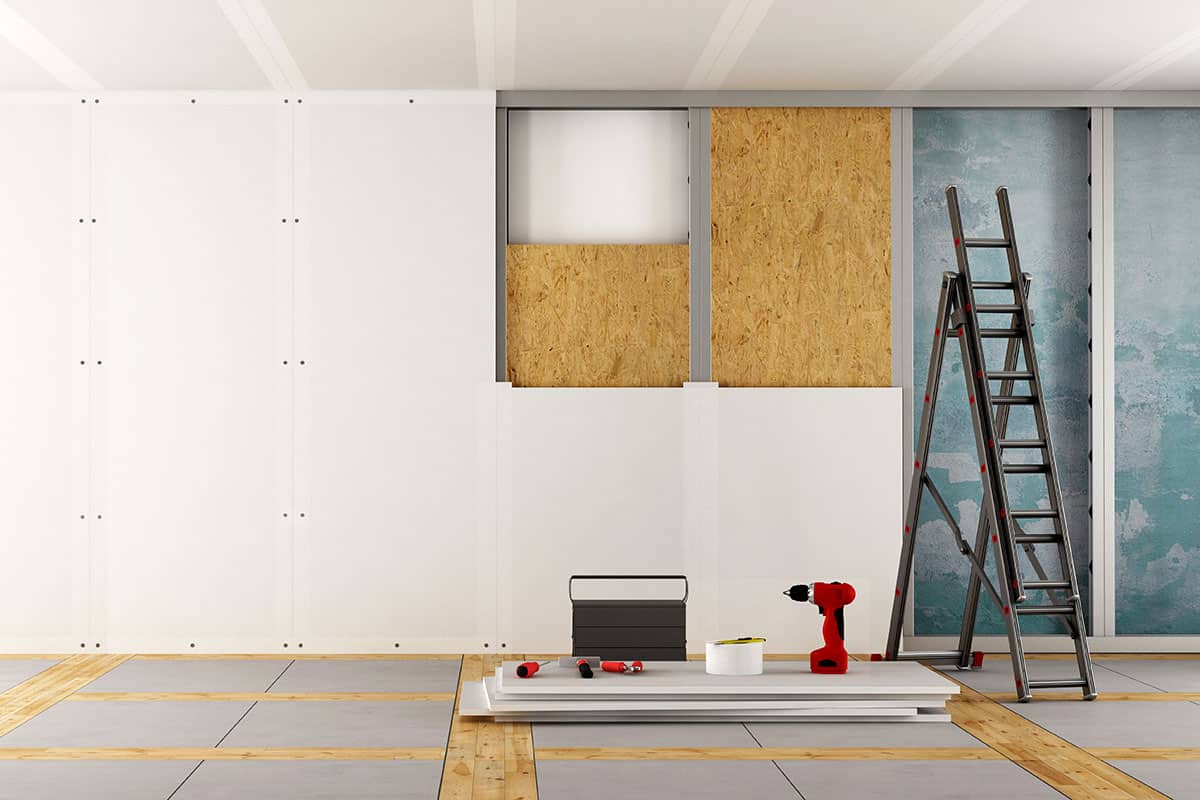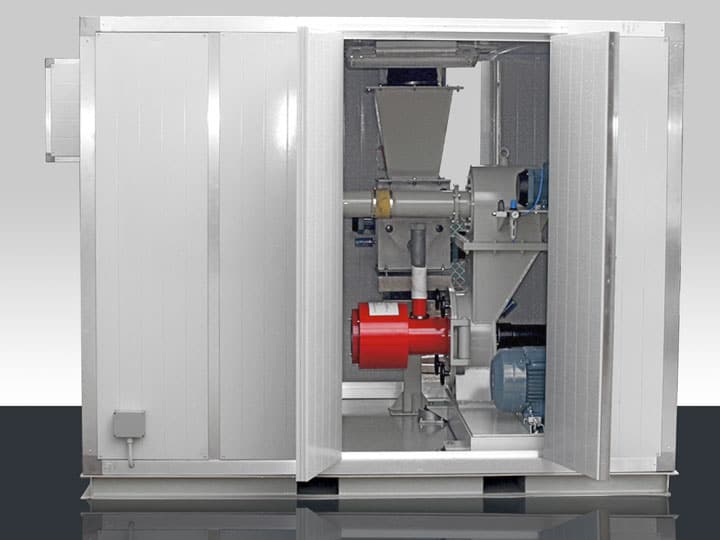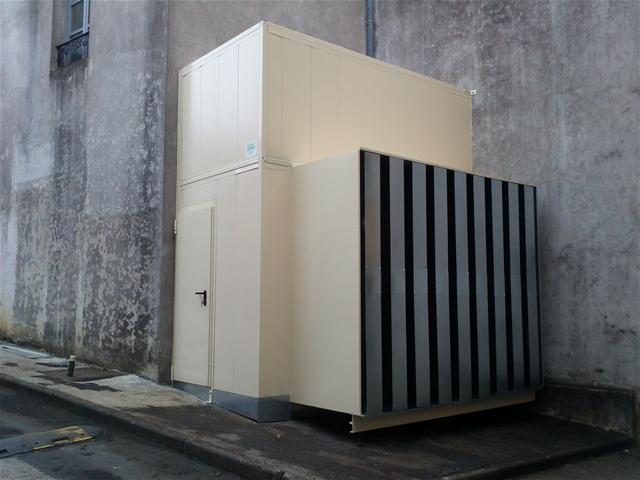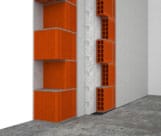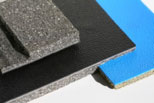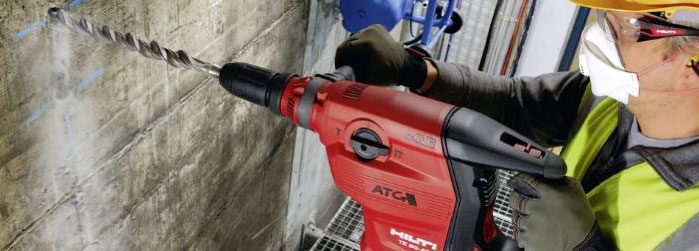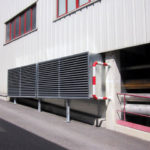How do the different types of noise propagate?
Before knowing the solutions that can be adopted to prevent the harmful consequences of noise, we must understand the way in which the different types of noise that exist are propagated.
Airborne noise propagation
Airborne noise is any noise that originates in the air and propagates through it. Examples of this noise are traffic, construction, conversations, radio, television, etc.
Impact sound propagation
Impact noise is caused by hitting a solid medium, often the ground, propagating through the structure. Examples of this noise are falling objects, footsteps, furniture dragging, etc.
Vibration propagation
It is a noise produced by the movement of some object attached directly to a solid medium and propagated through the structure. Examples of this noise are those coming from engines and machines such as pressure groups, elevators, etc.
There are other classifications of types of noise that can be established according to their duration or frequency content. When considering an acoustic insulation solution, it is very important to know the origin of the noise, since the materials and solutions will be different depending on the noise to be treated.
